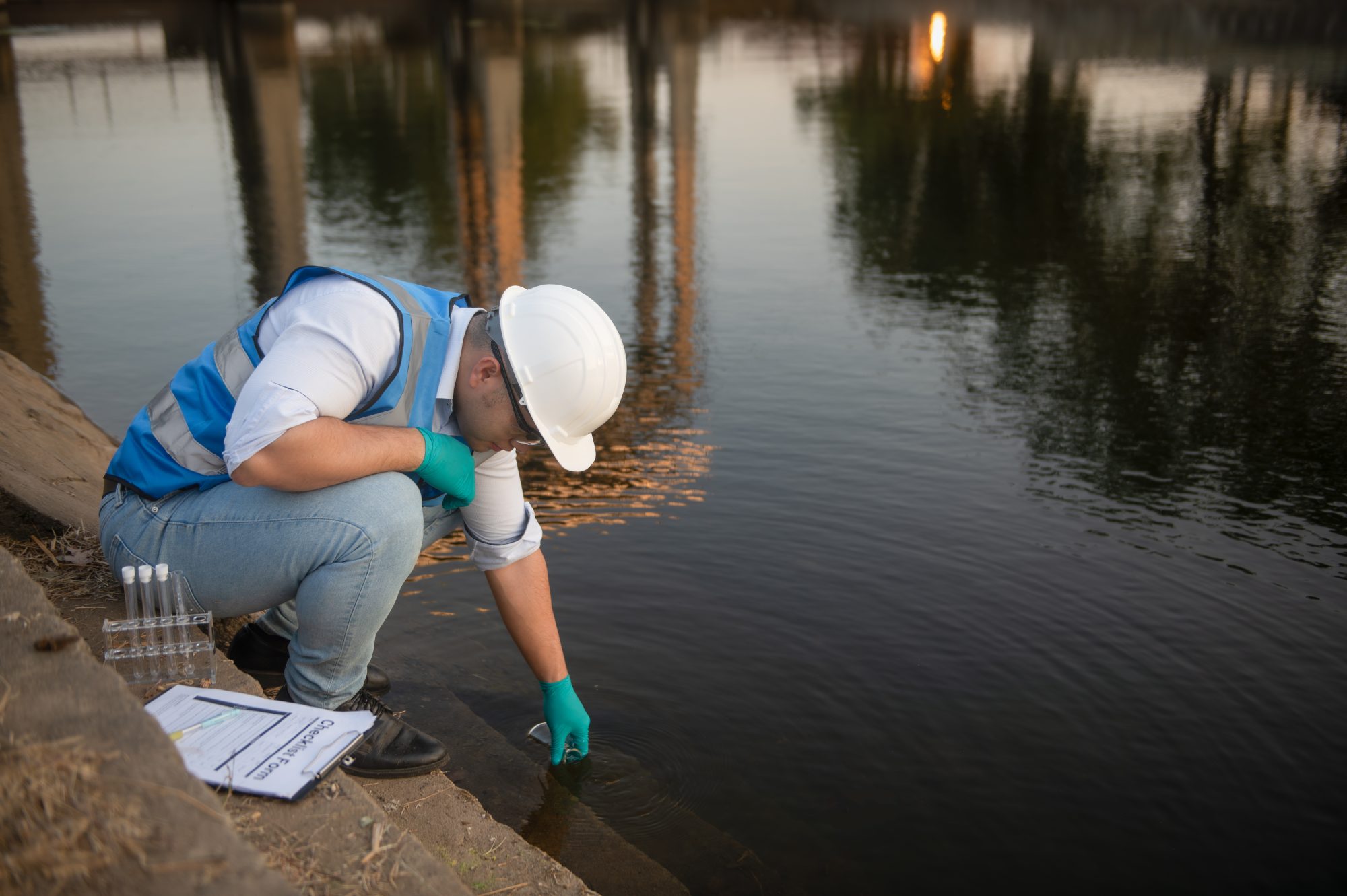Every drop of water is a data archive. TULIP teams follow that archive from mountain springs to coastal deltas, sampling rivers, estuaries and wastewater-treatment outfalls at set intervals and after storm events. Sterile bottles, in-situ sensors and autonomous samplers capture chemicals, microplastics, microbes and resistance genes in the same pass, so nothing is missed.
Back on shore, metagenomic reads, microplastic counts and flow data are uploaded to a shared cloud where machine-learning models map likely “risk corridors” for AMR spread. Citizen-science projects—proven in large-scale microplastic surveys worldwide—extend coverage into places professional crews rarely reach. A new low-cost protocol even lets volunteers grow artificial biofilm traps to detect multidrug-resistant bacteria.
The result is a living map that shows where interventions will do most good, from upgrading a single pumping station to restoring an entire wetland. In this way, a handful of field vials connect local observation to global health action—proof that small environmental traces can drive big ecosystem and public-health gains.

